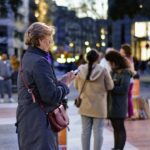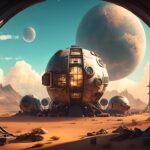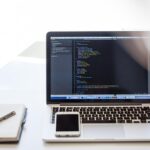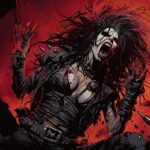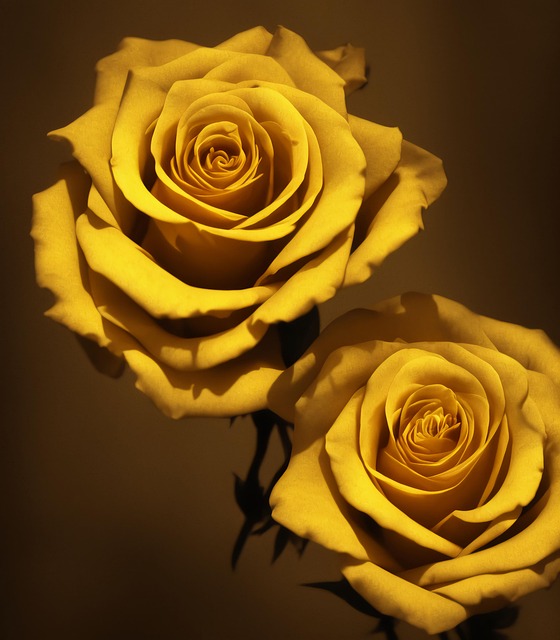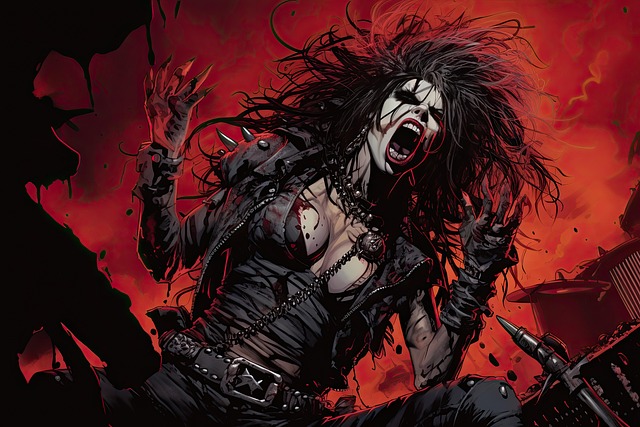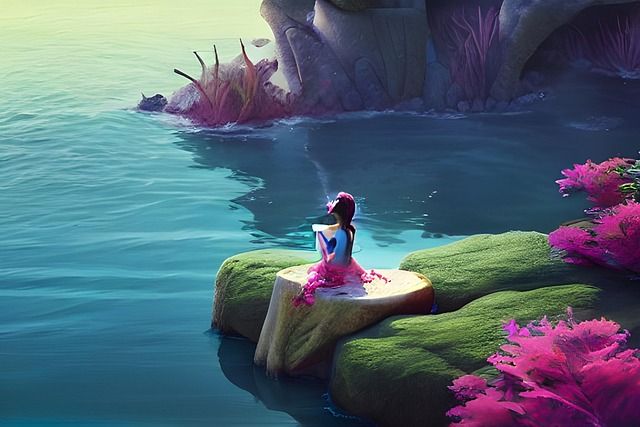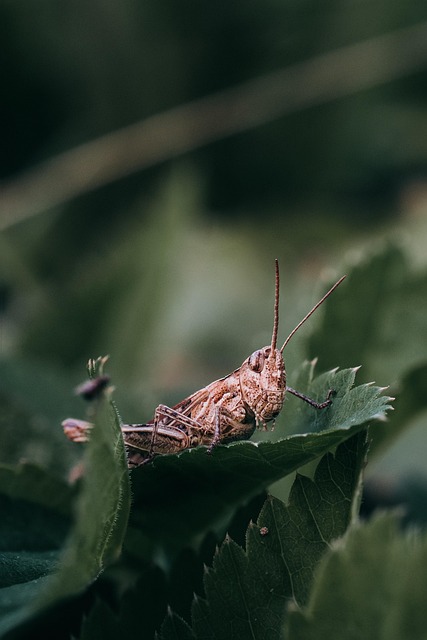# Essential AI Tools Every Artist Should Explore to Enhance Their Work and Workflow Efficiency
The landscape of visual and digital art is undergoing a revolutionary transformation, thanks to the emergence of artificial intelligence (AI) tools. These tools not only enhance creativity but also streamline workflows, allowing artists to focus on their craft. In this article, we will explore some of the most essential AI tools for artists, including DALL·E, Midjourney, Stable Diffusion, Runway ML, and Adobe Firefly. We will examine how these generative art tools assist with digital illustration, concept art, video generation, and design work, backed by real examples from artists and creative professionals.
## The Rise of AI in the Art World
AI tools for artists are reshaping how creative professionals approach their work. From generating unique art pieces to assisting in complex design tasks, AI is becoming an indispensable part of the artistic process. Here are some key areas where AI is making a significant impact:
– **Digital Illustration**: AI tools can generate illustrations based on text prompts or existing artwork, providing artists with a wealth of inspiration and ideas.
– **Concept Art**: These tools can quickly produce multiple variations of concepts, allowing artists to explore different styles and themes.
– **Video Generation**: AI can assist in creating dynamic video content, making it easier for artists to produce engaging multimedia pieces.
– **Design Work**: AI can automate repetitive tasks, freeing up time for artists to focus on creativity.
## Key AI Tools for Artists
### 1. DALL·E
DALL·E, developed by OpenAI, is one of the most advanced AI digital art generators available today. It can create high-quality images from textual descriptions, allowing artists to visualize their ideas instantly.
#### Features:
– **Text-to-Image Generation**: Artists can input detailed prompts, and DALL·E will generate images that match the description.
– **Variability**: Each generated image is unique, providing a plethora of options for artists to choose from.
#### Real-World Example:
Artist and illustrator Sarah Johnson used DALL·E to generate concept art for her fantasy novel. By inputting specific descriptions of her characters and settings, she was able to visualize her ideas and refine them based on the generated images.
### 2. Midjourney
Midjourney is another powerful AI tool that excels in creating stunning visuals based on textual prompts. It has gained popularity among artists for its unique aesthetic and ability to generate intricate designs.
#### Features:
– **Community-Driven**: Midjourney operates through a Discord server, allowing artists to collaborate and share their creations.
– **Customizable Styles**: Users can tweak parameters to achieve different artistic styles and effects.
#### Real-World Example:
Graphic designer Mark Lee utilized Midjourney to create promotional artwork for a music festival. By experimenting with various prompts, he produced a series of eye-catching visuals that captured the event’s vibrant atmosphere.
### 3. Stable Diffusion
Stable Diffusion is an open-source AI model that generates images from text descriptions. Its flexibility and accessibility make it a favorite among artists and developers alike.
#### Features:
– **Open-Source**: Artists can modify and adapt the model to suit their specific needs.
– **High-Resolution Outputs**: Stable Diffusion can produce images at high resolutions, making it suitable for professional use.
#### Real-World Example:
Digital artist Emily Chen used Stable Diffusion to create a series of illustrations for a children’s book. The ability to customize the model allowed her to achieve a distinctive style that resonated with her target audience.
### 4. Runway ML
Runway ML is a comprehensive platform that combines various AI tools for creatives. It offers capabilities for video generation, image editing, and even audio processing, making it a versatile asset for artists.
#### Features:
– **Video Generation**: Artists can create videos from images or text prompts, facilitating the production of multimedia content.
– **Collaboration Tools**: Runway ML allows teams to work together seamlessly, enhancing workflow efficiency.
#### Real-World Example:
Filmmaker Alex Rivera used Runway ML to generate visual effects for his short film. By leveraging the platform’s video generation capabilities, he was able to create stunning visuals that complemented the narrative.
### 5. Adobe Firefly
Adobe Firefly is part of Adobe’s suite of creative tools, designed to integrate AI into the creative process. It offers features for image generation, text effects, and more.
#### Features:
– **Seamless Integration**: Firefly works within Adobe’s ecosystem, making it easy for artists to incorporate AI into their existing workflows.
– **AI-Powered Effects**: Artists can apply unique effects to their designs with just a few clicks.
#### Real-World Example:
Graphic designer Anna Patel utilized Adobe Firefly to enhance her branding projects. The AI-powered effects allowed her to experiment with different styles quickly, resulting in a more efficient design process.
## How AI Tools Enhance Workflow Efficiency
AI tools for creatives streamline various aspects of the artistic process, leading to improved workflow efficiency. Here are some ways these tools contribute:
– **Rapid Prototyping**: Artists can generate multiple iterations of their ideas quickly, allowing for faster decision-making.
– **Inspiration Generation**: AI can provide unexpected ideas and concepts, sparking creativity and innovation.
– **Time Savings**: Automating repetitive tasks frees up artists to focus on the more creative aspects of their work.
## Conclusion: The Future of AI in Creative Fields
As AI technology continues to evolve, its integration into the art world will only deepen. The tools discussed—DALL·E, Midjourney, Stable Diffusion, Runway ML, and Adobe Firefly—are just the beginning of a new era in artistic expression. Artists who embrace these generative art tools will find themselves empowered to push the boundaries of their creativity, explore new styles, and enhance their workflow efficiency.
The future of AI in creative fields is bright, with endless possibilities for collaboration between human creativity and machine intelligence. As artists continue to explore and innovate with these tools, the art world will undoubtedly witness a transformation that blends technology with traditional artistic practices. The question is no longer whether AI will play a role in the arts, but how artists will harness its potential to create extraordinary works of art.

